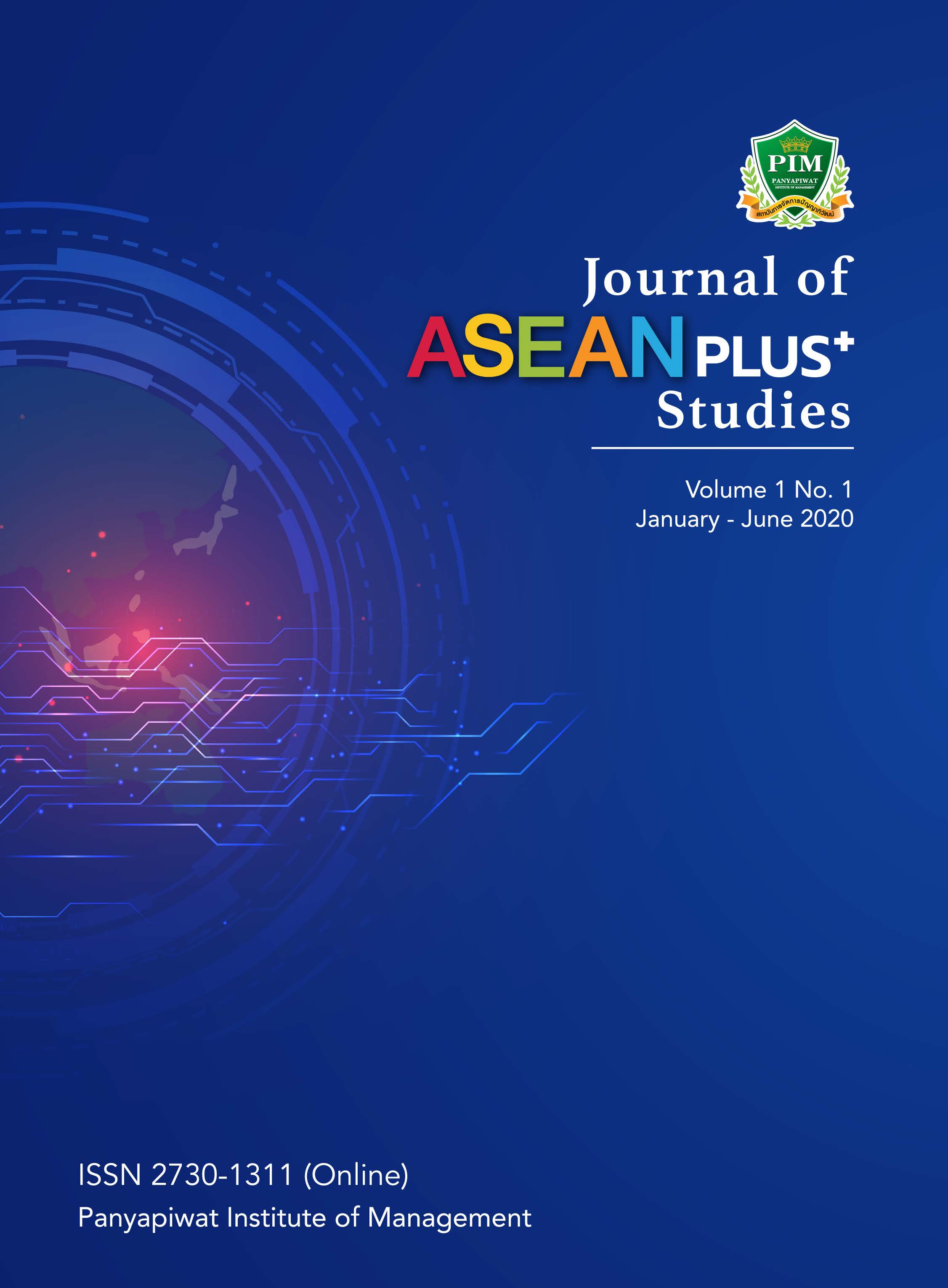The Impacts of ACFTA on Export of Thai Agricultural Products to China
Keywords:
ACFTA, Thai Agricultural Products, Export, ChinaAbstract
The ASEAN-China Free Trade Area (ACFTA) was the first FTA with external parties to be signed by ASEAN. This agreement included three components, namely, goods, services, and investment. Before the Trade in Goods Agreement was put into force in 2005, Thailand and China signed an agreement on Accelerated Tariff Elimination under the Early Harvest Programme (EHP), which focused on agricultural products and was implemented in October 2003. Since then, the bilateral trade between Thailand and China is steadily increasing. The agricultural products are the main export product between China and Thailand. For understanding the impacts of ACFTA on Export of Thai Agricultural Products to China, this article will describe the utilization of ACFTA preferences for export and how many tariff reductions under ACFTA. The scope of the agricultural products in this article covers 2091 tariff lines of both unprocessed and processed agricultural products. The content of this article consists of 3 parts: 1) The Benefits of ACFTA for Thailand; 2) The Opportunity of ACFTA for Thailand, and 3) Other trade barriers for Thailand. The benefits of the ACFTA are analyzed by comparing the tariff rate of China for ASEAN members in 2018 with the MFN tariff rate of China for WTO members. The opportunity for further improvement is presented in terms of the utilization of the FTA arrangement by Thai exporters and the top 10 categories (by HS 2 digits) of agricultural products exported from Thailand to China as well as an assessment of FTA impacts on major products in each category.
References
ASEAN. (2015). ASEAN-China Free Trade Area: Building Strong Economic Partnerships. Retrieved May 12, 2020, from https://www.asean.org/storage/images/2015/October/ outreach-document/Edited%20ACFTA.pdf
Customs Tariff Commission of State Council. (2019). Tariff Schedule. Retrieved May 2, 2019, from http://gss.mof.gov.cn/zhengwuxinxi/zhengcefabu/201812/P020181221619892 028167.pdf [in Chinese]
Department of Foreign Trade (DFT). (2019). ACFTA Tariff Rates of China. Retrieved May 12, 2020, from http://www.dft.go.th/th-th/DFT-Service/ServiceData-Information/dft-service-data
Department of Foreign Trade (DFT). (2019). Thailand’s Utilization of ACFTA in 2018. Nonthaburi: Department of Foreign Trade, Ministry of Commerce. [in Thai]
Department of Trade Negotiations (DTN). (2008). ASEAN-China Free Trade Agreement. Retrieved May 12, 2020, from http://www.thaifta.com/engfta/Home/FTAbyCountry/ tabid/53/ctl/detail/download.php?ini_content=usage_fta_and_wto_01_03&ini_menu=menu_interest_and_id/84/mid/480/usemastercontainer/true/Default.aspx
Information Technology and Communication Center, Ministry of Commerce. (2019). The structure of Thai exports to the Chinese and Hong Kong markets. Retrieved May 2, 2019, from tradereport.moc.go.th/ [in Thai]
Information Technology and Communication Center, Ministry of Commerce. (2019). Top 10 Thai exports to China and Hong Kong. Retrieved May 2, 2019, from tradereport.moc.go.th/ [in Thai]
Information Technology and Communication Center, Ministry of Commerce. (2019). Value of trade between Thailand - China. Retrieved May 2, 2019, from tradereport.moc.go.th/ law_160421_01&left_menu=menu_fta_and_wto
Praisakuldecha, O. (2017). The economic strategic cooperation between China–Thailand under the ASEAN–China Free Trade Area (ACFTA). In case of the situation between China –Thailand and the opportunities of Thailand after ACFTA completed. Journal of Business and Management, 19(5), 22-27.
Singapore Information Service. (2016). ASEAN – China (ACFTA). Retrieved May 12, 2020, from https://www.insis.com/free-trade-agreements/ACFTA.pdf
The Customs Department. (2017). Announcement of the Customs Department No.195/2560. December, 24, 2017. [in Thai]






